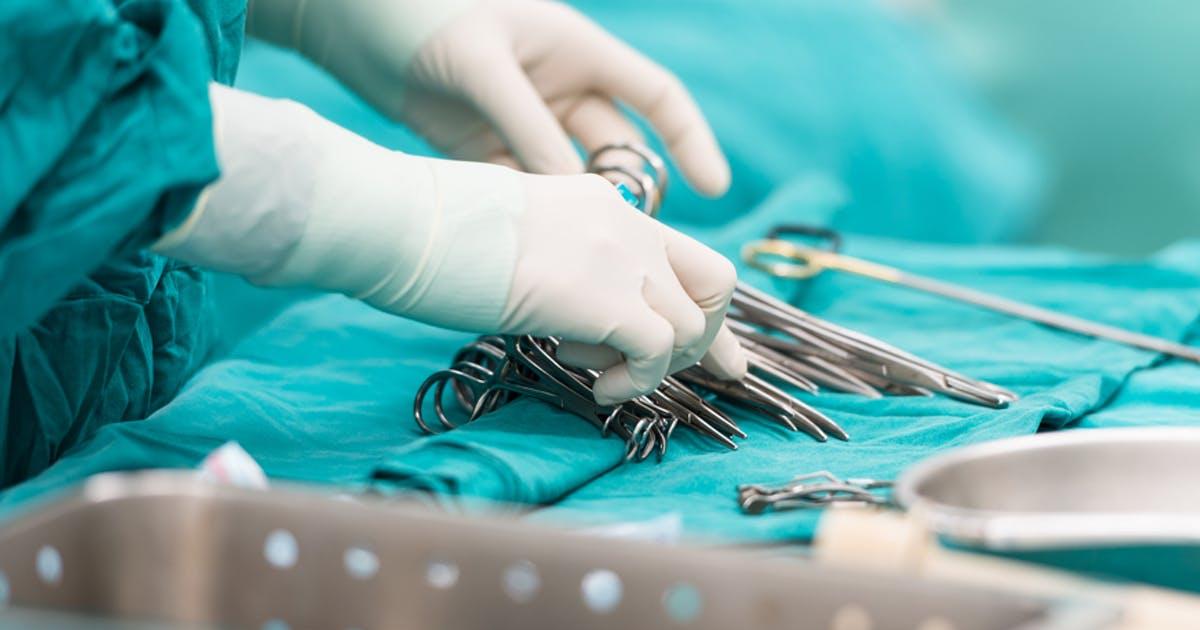How To Treat Esophageal Cancer
When the cells of the esophagus, which moves food through the throat and down into the stomach become malignant, it is called esophageal cancer or cancer of the esophagus. A cancerous tumor can develop at any point along the esophagus. The most prevalent forms of esophageal cancer are squamous cell carcinoma and adenocarcinoma. Squamous cell carcinomas occur along the lining of the esophagus in the flat squamous cells. Adenocarcinomas occur when cancer develops in the cells that produce fluids like mucus; these are called glandular cells.
Most individuals who develop esophageal cancer will not have any symptoms during its early stages. When it becomes advanced, symptoms such as vomiting, chest pain, fatigue, heartburn, indigestion, weight loss, painful swallowing, choking while eating, and chronic cough may manifest. Esophageal cancer is diagnosed using endoscopy and a biopsy of esophageal tissues. Various methods may be used to treat esophageal cancer.
Esophagectomy

An esophagectomy is a surgical procedure where part of the esophagus is completely removed, and the tissues of all or some of another organ are used to reconstruct it. This surgical procedure is the most commonly used method for treating esophageal cancer. During an esophagectomy, the large intestine or stomach tissues are used to reconstruct the portion of the esophagus that was removed. This procedure is typically performed through an incision in the abdomen, chest, or both. Sometimes, an esophagectomy can be done through minimally invasive surgery with a robot or by laparoscopy.
If esophageal cancer has spread into nearby lymph nodes, those affected will be removed during the esophagectomy. The recovery time for this procedure will significantly depend on the extent of the removed esophageal tissue. On average, a patient will stay in the hospital for between seven and fourteen days following an esophagectomy. The patient is not able to eat for the first five to seven days following the procedure, and they are temporarily fed through a feeding tube installed during surgery.
Specific Tumor Removal Surgery

Specific tumor removal surgery is a surgical method used to treat esophageal cancer where the cancerous tumor and some surrounding tissue is physically removed. This type of procedure is able to help the physician determine how advanced an individual's esophageal cancer is. During the procedure, the surgeon will remove a margin of healthy tissue bordering the tumor to ensure all the cancerous cells are removed. In some cases, the tumor may be too large for complete removal, so debulking or eliminating as much of the tumor as possible is done.
Specific tumor removal surgery can be used to help slow or stop the progression of esophageal cancer, or it can be done as a palliative measure to relieve symptoms. Large tumors in the esophagus can also be treated with radiation and chemotherapy before tumor removal surgery to shrink the tumor and reduce the risk of surgery-related complications. In cases where esophageal cancer has spread into nearby lymph nodes or other tissues, the patient may need to undergo chemotherapy and radiation following the tumor excision surgery.
